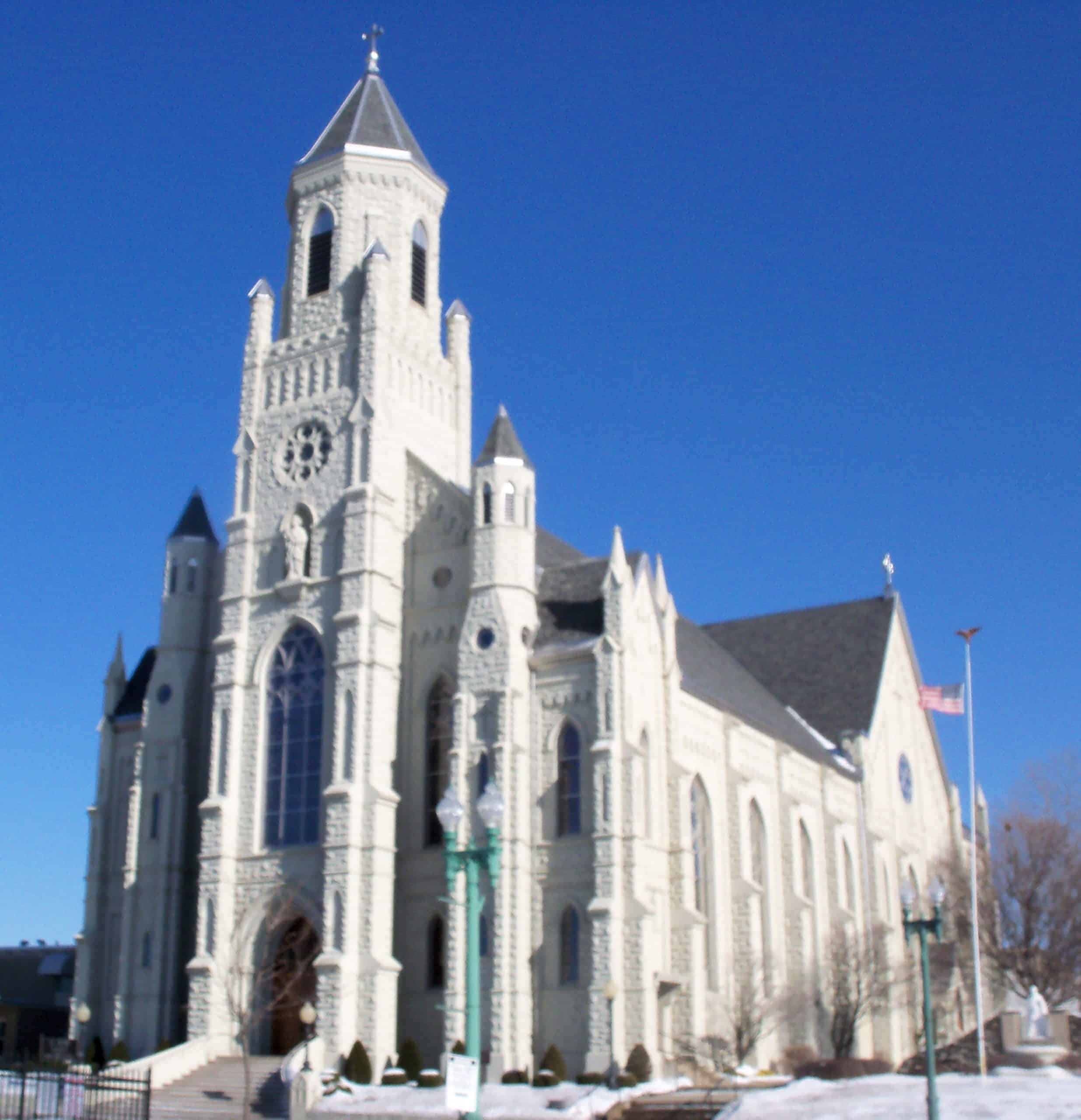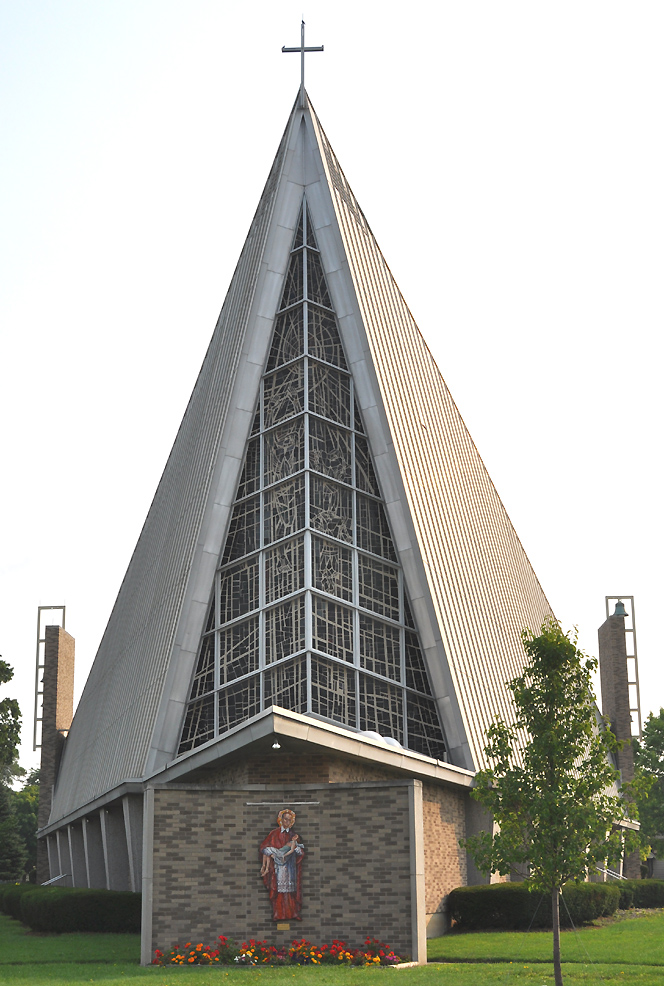Logan Ohio Churches: A List to Local Locations of Worship
Logan Ohio Churches: A List to Local Locations of Worship
Blog Article
Exploring Historic and Modern Churches for All Beliefs
The exploration of historical and modern-day churches acts as a profound lens whereby we can check out the development of faith and community characteristics throughout societies. From the detailed styles of old sanctuaries to the minimalist aesthetic appeals of modern prayer rooms, these structures envelop the essence of their time and place. They are not merely churches; they are reflections of collective aspirations and societal worths. As we consider the relevance of these sacred websites, one have to contemplate how they proceed to shape interfaith discussion and area involvement in today's diverse world.
Building Styles With the Ages
As architectural expressions of spirituality, churches have evolved substantially over the centuries, reflecting the varied theological and cultural impacts of their times - Logan Ohio Churches. The building designs of churches are as differed as the belief systems they stand for, each style symbolizing certain spiritual teachings and neighborhood values
Very early Christian design emerged from Roman basilicas, characterized by basic, longitudinal structures including a nave and aisles. As the Center Ages progressed, Gothic style took hold, noted by sharp arches, ribbed safes, and flying buttresses, which permitted larger tarnished glass windows that lit up insides with divine light. The Renaissance period brought a revival of classical elements, stressing percentage and proportion, while Baroque architecture presented elaborate details and significant types, personifying the grandeur of spirituality.
In the 19th and 20th centuries, the increase of different activities, such as Arts and Crafts and Modernism, reflected societal changes and a departure from traditional types. Today, contemporary churches frequently mix cutting-edge styles and modern-day materials, accepting sustainability and neighborhood interaction. This abundant tapestry of building styles illustrates the recurring discussion between confidence and style, showcasing exactly how churches proceed to adjust to the spiritual requirements of varied populations around the world.
Famous Historic Churches

An additional amazing example is the Notre-Dame Sanctuary in Paris, celebrated for its French Gothic layout. Its intricate appearance and stunning tarnished glass home windows mirror centuries of devotion and virtuosity, making it a sign of both belief and strength, especially after its current restoration adhering to the ruining fire in 2019.
In the Americas, the historic Goal San Juan Capistrano in The golden state showcases Spanish colonial design, highlighting the early Catholic goals that played a crucial function in the region's social development.

Additionally, the Hagia Sophia in Istanbul, originally created as a basilica, stands for a mix of Christian and Islamic heritage, showcasing the abundant tapestry of background that churches usually embody. Each of these historic churches not only works as an area of praise but likewise as a social site, preserving the stories of varied neighborhoods across time.
Modern Church Innovations
Modern churches are progressively accepting ingenious layouts and modern technologies to enhance the praise experience and foster area interaction. These advancements manifest in different kinds, from architectural improvements to digital assimilation. Numerous contemporary churches feature open, versatile spaces that can be conveniently reconfigured to fit varied activities, such as services, celebrations, and instructional programs.
Including innovation is paramount in modern-day church layout. Premium audio-visual systems, live streaming abilities, and Learn More interactive displays enable members to link not just within their walls yet additionally with a more comprehensive target market online. This electronic outreach has become vital for maintaining community connections, especially in an age where many people seek spiritual connections past traditional settings.
Lasting design techniques also play a crucial role in modern church innovations. Numerous institutions are choosing eco-friendly materials and sustainable power resources, showing a commitment to environmental stewardship that resonates with congregants.
Additionally, the integration of art and creativity right into prayer areas, via why not try this out installations, murals, and multimedia presentations, offers to enrich the spiritual ambience, making the experience a lot more immersive. These technologies jointly show a change in the direction of a much more inclusive and vibrant strategy to worship and area life.
Area Effect of Churches
Churches play a crucial role in shaping and uplifting communities, typically stepping up to resolve neighborhood demands and obstacles. Beyond their spiritual functions, these institutions regularly take part in social outreach and give crucial solutions that promote neighborhood cohesion. Lots of churches operate food banks, sanctuaries, and counseling services, addressing issues such as destitution, being homeless, and psychological wellness.
Furthermore, churches usually function as meeting place for area events, promoting dialogue and unity among varied teams. By organizing curricula, workshops, and social occasions, they motivate individual growth and cumulative empowerment. Their involvement in local advocacy initiatives magnifies the voices of marginalized neighborhoods, contributing to social justice initiatives.
Furthermore, churches usually team up with neighborhood organizations, improving their influence through collaborations that combine resources and experience. This interconnectedness enhances area ties and advertises a sense of belonging among homeowners.
Basically, churches are not simply places of worship; they are integral to the social material of their communities. Their complex payments-- spiritual advice, social solutions, and community advocacy-- play an important role in promoting durability and favorable modification within culture.
Seeing Churches Around The Globe
When discovering the varied landscapes of spirituality, going to churches all over the world uses a special window into the artistic and social expressions of confidence. Each church acts as a testimony to the history and values of the community it stands for, mirroring local practices and architectural styles.
From the grandeur of St - Logan Ohio Churches. Peter's Basilica in Vatican City to the minimalist appeal of Tokyo's St. Mary's Sanctuary, these sacred spaces symbolize an abundant tapestry of human experience. The intricate stained glass of imp source Chartres Sanctuary in France narrates biblical tales, while the vibrant murals of the Ethiopian Orthodox churches illustrate the nation's distinctive spiritual heritage
Along with showcasing artistic mastery, churches typically function as facilities of community and social engagement, organizing occasions that strengthen bonds among congregants. Many likewise offer possibilities for interfaith dialogue, advertising understanding and regard amongst various idea systems.
Taking a trip to these churches permits site visitors to value the universal styles of hope, love, and empathy that transcend cultural obstacles. Whether one understands a specific faith or otherwise, the experience of seeing these sacred websites enhances our understanding of the human quest for definition and connection.
Conclusion

The expedition of historical and contemporary churches offers as a profound lens with which we can examine the evolution of belief and neighborhood dynamics across cultures. Today, contemporary churches often blend modern-day materials and innovative designs, accepting sustainability and neighborhood engagement.Throughout history, many churches have emerged as legendary landmarks, each telling an one-of-a-kind tale of creativity, faith, and area.Modern churches are significantly welcoming innovative layouts and modern technologies to improve the prayer experience and foster area interaction.Furthermore, churches typically offer as celebration areas for neighborhood occasions, promoting discussion and unity among diverse teams.
Report this page